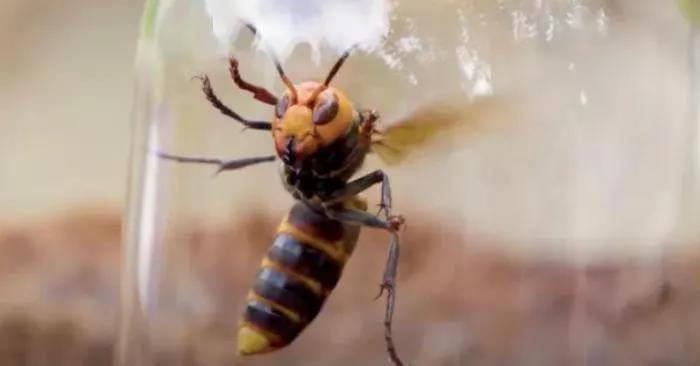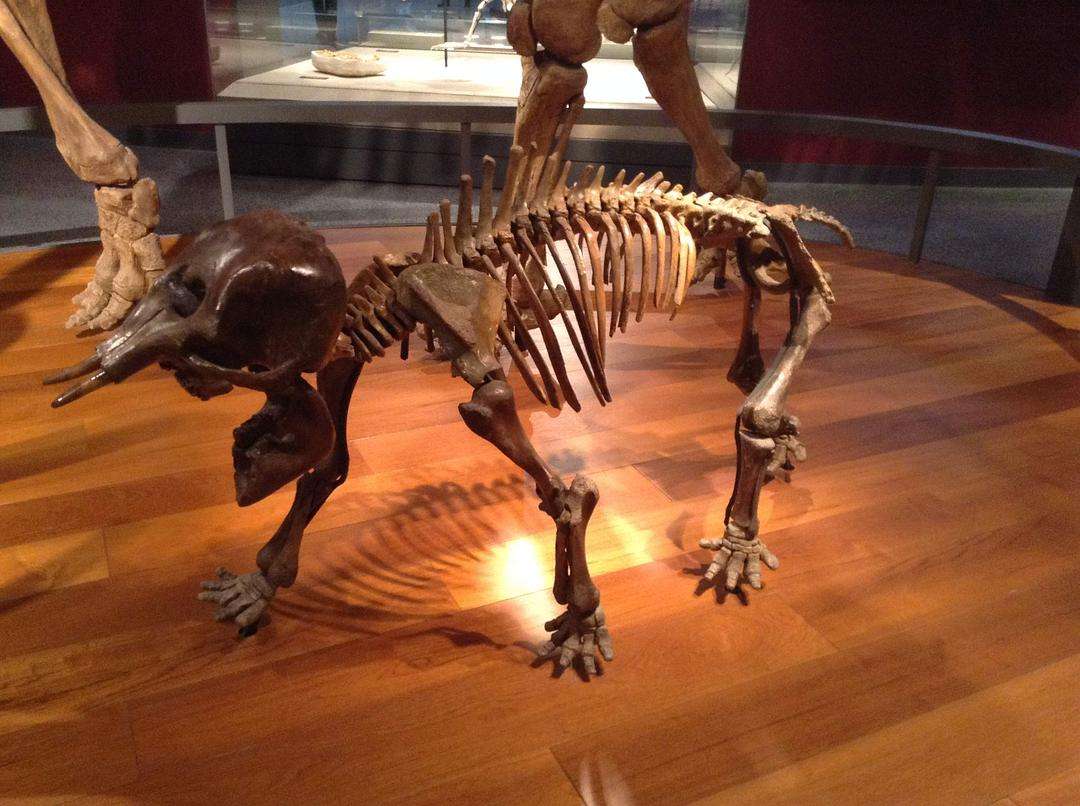USDA Is Fighting Against Vespa Mandarinia
Americans have recently succeeded in eliminating the country's first gigantic nest of vespa mandarinia. It even hit headlines. Now scientists share the technical details of their fight against the invasive species.

Vespa mandarinia, which is commonly known as the Asian Giant Hornet and also called the Killer Hornet, is the world's largest hornet and is regularly seen in some area of Asia and Russia. However, only recently does it appear in North America. There have been sightings reported in Washington and British Columbia since 2019, suggesting the notorious insects have apparently become local immigrants.
From then on, the authorities have been trying to track down and eradicate the giant hornets that have emerged in the country, lest they establish their bases there.
The hornet’s venom can be dangerous to humans but in general, it’s rarely deadly to them. The ferocious-sounding soubriquet of “killer” is more related to the hornet’s tendency to attack and devastate honeybee’s hives —— They like to slay bee larvae.
Although some entomologists say the danger posed by vespa mandarinia has been exaggerated, U.S. agricultural authorities have been trying for months to find their nests and plan to destroy them before they spread throughout the United States.
Finally, vespa mandarinia’s nest last week was successfully exterminated in Bryan Town, Washington. But how did the department that controls exotic organisms do that? Even if we can find individual hornet, it is challenging to track it all the way to the nest because the nest is usually built in very hidden places.
To solve that difficult problem, entomologists at the Washington State Department of Agriculture (WSDA) came up with a plan to capture a live hornet by attaching a tractable radio transmitter to it and turning it into a spy leading the way...

WSDA researchers worked with their UADA colleagues to complete the plan. They had previously managed to use a similar radio transmitter to study the movement of spotted lantern bugs.
After numerous failures, the “hornet terminator” completed the task at the end of October.
Radio signals led the team to a dead tree, WSDA management entomologist Sven-Erik Spichiger noticed vespa mandarinia come in and out through a few feet-long cracks in the trunk.
They vacuumed 85 hornets and netted 13 more.
"I am confident that as long as we catch the live hornets, we can track down their nest, which does provide a good tool for our overall extermination plan." Spichiger said.
But this is not the end of the story. A few days after the nest was eliminated, the team cut open part of the trunk and found two queen hornets, as well as other workers, larvae and pupae.
Although the battle was a great victory for entomologists, the team also pointed out that the battle to contain the Asian giant hornets may happen repeatedly over a few years, because we still don't know how many nests there are outside and how these insects came to the American continent.
"We are concerned that the beehives of large bees may be completely powerless against invasive species and that their colonies may grow larger as vespa mandarinia moves south where the weather is warm," WSDA entomologist Chris Looney told the Guardian." Our goal is to prevent the aforementioned problem from arising."
OTHER NEWS
-
- A 9-year-old Boy Earning 200 Million Per Year Through Toy Evaluation, Why Could This New Generation of Bloggers Take the Lead? (I)
- By Ward 24 Apr,2023

-
- With Mobile Payments Gaining Momentum, Can PayPal Still Take a Leading Position?
- By Scott 24 Apr,2023

-
- The largest mammoth fossil has been discovered in Mexico
- By Sandra 24 Apr,2023

-
- Handheld Mobile Game, the Special Experience with GameSir X2
- By Shawn 24 Apr,2023

-
- Facebook Adds Carts to WhatsApp to Make Shopping Easier
- By King 24 Apr,2023

-
- Grab‘s Dominant Position in Indonesia’s E-payment?
- By Heather 24 Apr,2023

-
- Pi star: A planet with a 3.14 Day Orbit
- By Anne 24 Apr,2023

-
- How to Get Free Wi-Fi Networks Correctly and Safely?
- By Beverly 24 Apr,2023

-
- A 9-year-old Boy Earning 200 Million Per Year Through Toy Evaluation, Why Could This New Generation of Bloggers Take the Lead? (II)
- By Ward 24 Apr,2023

-
- What are Global Users From Shazam Meant to Apple?
- By Smith 24 Apr,2023

-
- Rough user portraits of Gen Z mobile game players
- By Heather 24 Apr,2023

-
- Zoom’s New Update: End-to-End Encryption
- By Antonio 24 Apr,2023

 1
1 1
1